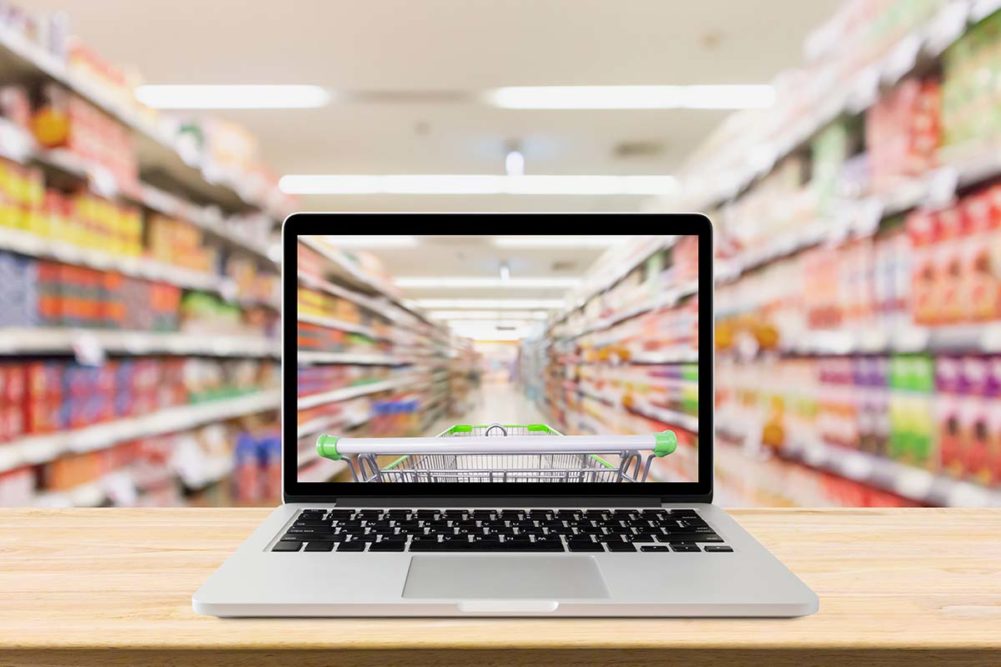BARRINGTON, ILL. - The US online grocery market finished out May 2021 16% behind a year ago, according to the Brick Meets Click/Mercatus Grocery Shopping Survey.
The drop in sales was driven by declines in several key performance indicators including monthly active users, order frequency, and average order value. Despite these reductions, total online sales in May remained 3.5 times higher than pre-COVID levels.
“As the business laps very tough year-over-year comparisons, it is essential to put monthly performance into perspective and keep an eye on the big picture,” said David Bishop, partner, Brick Meets Click. “May’s results show the market retains 70% of the incremental gains generated versus the record COVID high of $9.3 billion, illustrating that much of the gain propelled by the pandemic has stuck around.”
The survey found that 66.8 million US households bought groceries online in May, a 12% decline versus May 2020. During the pandemic year, the mix of fulfillment methods has shifted. Pickup maintains the top position for reach and was used by 55% of monthly active users in May, up over four points versus last year. On average monthly users placed 2.8 online orders during May 2021, down slightly from the record high of 2.91 orders set one year ago.
“Usage trends signal the increased acceptability and/or value that pickup provides a grocery customer compared to delivery or ship-to-home,” Bishop explained. “Pickup not only costs the customer less, but also gives them greater control over the quality of temperature-sensitive products. Pickup has remained the dominant method since the beginning of 2021.”
Nearly 30% of monthly active users received online orders only via pickup; another 17% received online orders only via delivery. Pickup and delivery are four and two points higher respectively than last May. Spending per order dropped mainly due to the pantry loading that occurred in the early months of the pandemic. The weighted average order value (AOV) in May declined 7% on a year-over-year basis.
The repeat intent rate, which measures the likelihood that a monthly active user will order again in the next month with the same grocery service, shrank 4% compared to a year ago, coming in just under 53%. While capacity constraints are less of an issue this year, the continued growth of cross-shopping between grocery and mass merchandise is likely a contributing factor to the decline.
In May, the share of online customers who used both a grocery service and a mass retail service to buy groceries during the month climbed to a new high of 29% versus 15% pre-COVID (in Aug. 2019). As cross-shopping climbs, expectations of grocery services are being affected by comparable experiences with mass retail services.
“May’s choppiness in online sales is to be expected as the country opens, and consumers shift spending to things like travel and food away from home,” said Sylvain Perrier, president and CEO, Mercatus. “It’s more important than ever that regional grocers focus on strengthening their competitive positioning and improving the customer experience. Retailers would benefit from segmenting their online shopper base, knowing their preferences and interests, and taking advantage of solutions that help personalize the experience and lead to larger baskets.”

